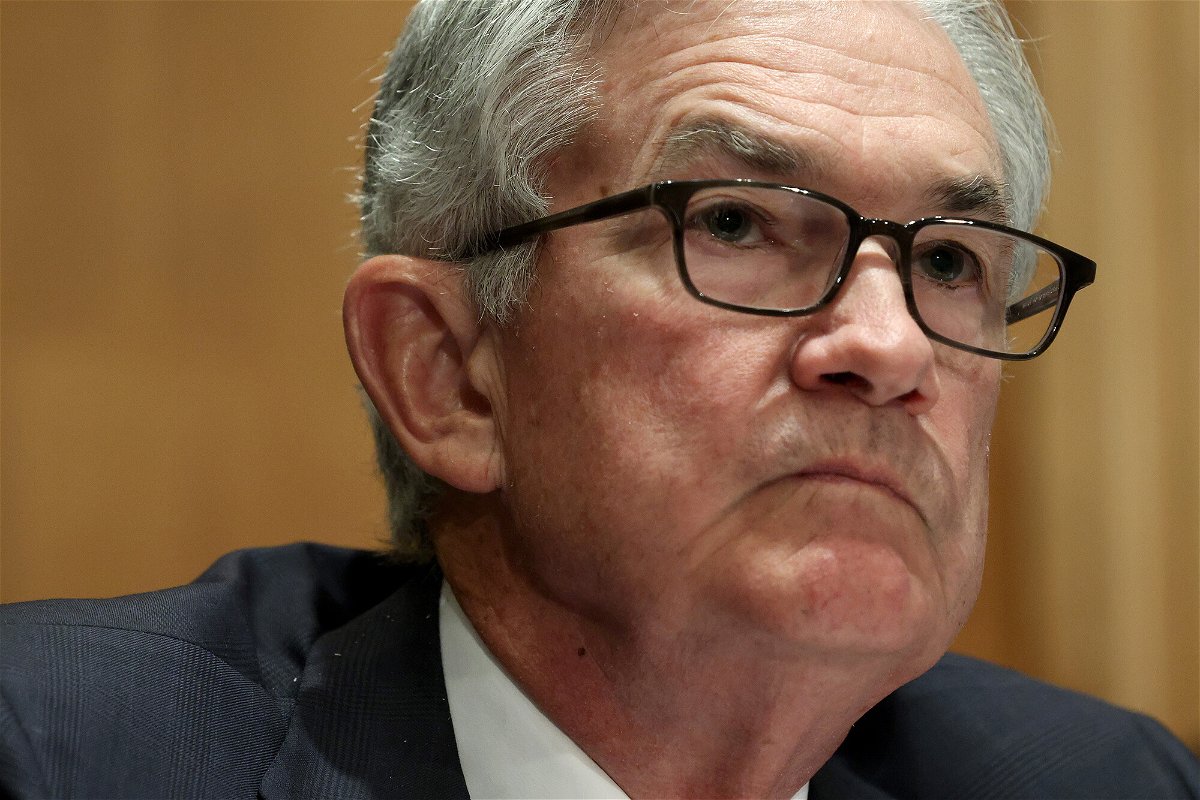Higher prices could be here to stay if the Fed doesn’t act soon

Federal Reserve Board Chairman Jerome Powell testifies before the Senate Banking
By Paul R. La Monica, CNN Business
Back in March, people were freaking out about rising long-term interest rates and inflation fears. But now the 10-year US Treasury yield has fallen back again.
Does this mean: So much for inflation worries? Maybe higher prices are in fact, to cite Federal Reserve chair Jerome Powell’s favorite word, transitory after all?
Not so fast.
There’s a growing chorus of experts who believe that the Fed may need to reverse course and start talking more aggressively about tamping down inflation. After all, consumer prices continue to rise. The stock market is near a record high. Wages are going up too.
Inflation roaring back?
After peaking around 1.77%, the yield on the 10-year US Treasury has fallen back to about 1.24%.
Fears about the highly contagious Delta variant of Covid-19 leading to another economic slowdown seem to be on the back burner for now. If anything, spiking Covid cases could cause more supply chain shocks that would lead to more inflation.
That all should push bond yields higher again and potentially lead the Fed to consider an end, or tapering, of its bond purchase program that has helped keep rates artificially low. After that, an interest rate hike would be the next logical step.
In a report last Wednesday, one strategist paraphrased the old Semisonic song “Closing Time,” arguing it’s time for the Fed to turn out the lights on stimulus…even if it means a hangover for investors drunk on easy money. Bill Stone, chief investment officer of The Glenview Trust Company, thinks the Fed could announce tapering by the end of the year and raise rates in 2022.
The market agrees with Stone that the end of the 0% rate environment is on the horizon: According to the CME’s fed funds futures, traders are pricing in a 57% chance of at least one rate hike by the end of next year.
“The Fed is in a pickle and there is so much evidence that they are wrong about inflation and that higher prices are less transitory than the Fed expects,” said Gene Goldman, chief investment officer of Cetera Financial. “They may have to accelerate the plan to raise rates.”
If that’s the case, then long-term bond yields — which have an impact on mortgage rates and other types of consumer and business loans — should continue to creep higher as well.
“The 10-year yield should be higher in an environment with healthy inflation and an improving economy,” said Jordan Kahn, president and chief investment officer of ACM Funds. “Rates should rise because of that but I think they will go up gradually.”
Experts point out that the housing market remains strong and the jobs picture continues to improve too. Most notably, wages are still rising and were most recently up 3.6% from a year ago.
“The dry kindling for sustained inflation is probably here,” said Andrew Feltus, co-head of high yield at Amundi US. “Banks have a lot of ammo to lend money. And wages are accelerating because the labor market is tight. This looks more than transitory.”
Economic slowdown fears haven’t disappeared yet
Still, some experts who remain convinced the “transitory” narrative about inflation is the right one.
After all, Covid and Delta worries certainly haven’t gone away — and it’s possible consumers may change their behavior even if governments don’t impose new lockdown measures.
“Inflation fears should dissipate a bit as growth worries come into play because of the Delta variant. I think the Federal Reserve will be proven to be correct about inflation as being largely transitory,” said Leo Grohowski, chief investment officer at BNY Mellon Wealth Management.
Grohowski thinks current bond yields largely reflect expectations that inflation should be a little higher — “but not out of control.” He says a rate of about 2% to 3% over the next 12 months for consumer price increases seems reasonable.
The big drop in the price of lumber recently is also a potential sign that worries about runaway 1970s-to-early-1980s-style inflation are overdone.
“We’re starting to see commodity prices roll over,” said Wayne Wicker, chief investment officer at MissionSquare Retirement.
The-CNN-Wire
™ & © 2021 Cable News Network, Inc., a WarnerMedia Company. All rights reserved.
